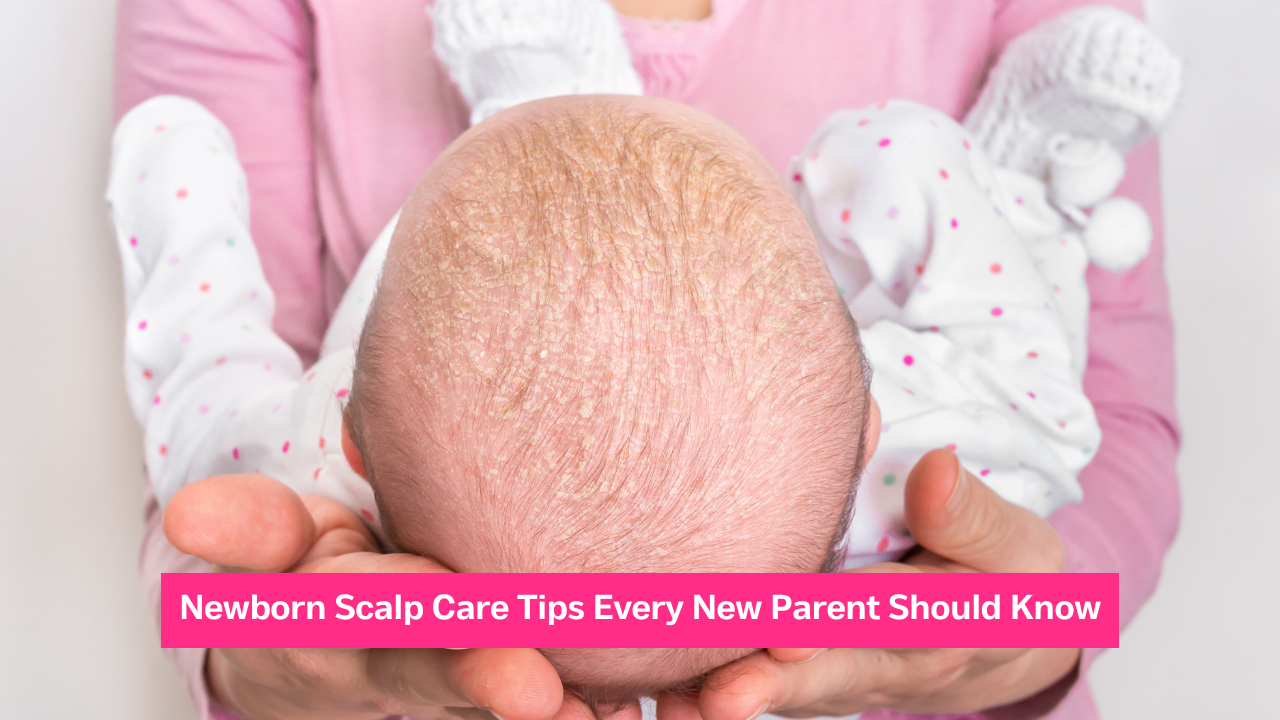Bringing home a new baby is a joyful and exciting experience, but it’s also a time when many new parents feel an overwhelming sense of responsibility. Ensuring your baby’s safety at home, in the car, and during everyday activities is a top priority. While it may seem like a daunting task, a few simple precautions and an understanding of potential risks can go a long way in creating a safe environment for your little one.
Creating a Safe Sleep Environment
Proper sleep safety is crucial during your baby’s first year of life.
Place Your Baby on Their Back to Sleep: Always place your baby on their back for naps and nighttime sleep. This position helps keep their airway clear and is the safest way for newborns and infants to sleep.
Use a Firm Mattress and Fitted Sheet: Ensure that your baby’s crib, bassinet, or playpen has a mattress that is firm and a tightly fitted sheet. Avoid using soft bedding, pillows, or blankets, as they can pose a suffocation risk.
Keep the Crib Bare: Remove soft toys, bumpers, and loose bedding from the crib. Instead, use a sleep sack or swaddle to keep your baby cozy, warm, and comfortable without adding unnecessary items to their sleep space.
Share the Room, Not the Bed: Room-sharing is recommended for at least the first six months. It allows you to monitor your baby closely but avoids the risks associated with bed-sharing.
Babyproofing Your Home
As your baby starts to explore, it’s important to make your home a safe place for them to discover their environment. Babyproofing helps prevent accidents and injuries by addressing potential hazards.
Secure Furniture and Appliances: Use brackets or wall anchors to secure heavy furniture, such as bookshelves and dressers, to the wall. Make sure large appliances like TVs are also anchored to prevent any risk of them tipping over.
Install Safety Gates: At the top and bottom of stairs and in doorways, ensure you place safety gates to limit your baby’s access to potentially dangerous areas.
Cover Electrical Outlets and Secure Cords: Use outlet covers or sliding plates to keep tiny fingers away from electrical sockets. Bundle and secure loose cords to prevent strangulation hazards.
Keep Small Objects Securely Out of Reach: Babies explore the world through their mouths, so ensure that small objects like coins, buttons, and toys with detachable parts are kept out of reach to avoid choking hazards.
Safe Bathing Practices
Bath time is a great opportunity to bond with your baby, but it’s essential to follow safe practices to prevent slips, scalds, or accidental drowning.
Never Leave Your Baby Unattended: Always keep a hand on your baby during bath time. Even a few seconds away can lead to accidents, as babies can drown in just an inch or two of water.
Check the Water Temperature: Use your elbow or a bath thermometer to make sure that the water temperature is warm, not hot. Aim for a temperature of around 37–38 degrees Celsius (98.6–100.4 degrees Fahrenheit).
Use a Bath Seat for Support: Consider using a non-slip bath seat or mat to keep your baby securely in place. However, remember that a bath seat is not a substitute for supervision.
Keep Bath Supplies Close: Have everything you need—soap, shampoo, towel—within arm’s reach to avoid taking your eyes off your baby.
Car Safety: Choosing the Right Car Seat
Car safety is one of the most critical aspects of baby safety, as vehicle accidents are a leading cause of injury and, worse, death for young children. Finding the right car seat and installing it properly are crucial steps.
Select the Right Car Seat: Use a rear-facing car seat for as long as possible, usually until your child is at least two years old or reaches the highest weight and height allowed by the seat’s manufacturer. You can shop car seats at nunababy.com/au.
Install the Car Seat Correctly: Read both the car seat and vehicle manuals to ensure proper installation. If in doubt, always seek help from a certified car seat technician to check the fit.
Secure the Harness Properly: The car seat harness should be snug, with the chest clip at securely armpit level. Make sure there is no slack in the straps, and avoid using thick clothing or blankets under the harness, as they can interfere with a secure fit.
Final Thoughts
Keeping your baby safe involves more than just buying the right products—it’s about being aware of potential hazards and taking proactive steps to minimize risks. By creating a safe sleep environment, babyproofing your home, practicing safe feeding and bathing techniques, and preparing for emergencies, you can provide a secure space for your little one to grow and thrive. Every step you take, no matter how small, contributes to their safety and your peace of mind. As your baby grows, continue to reassess your environment and practices to adapt to new stages and developmental milestones.




